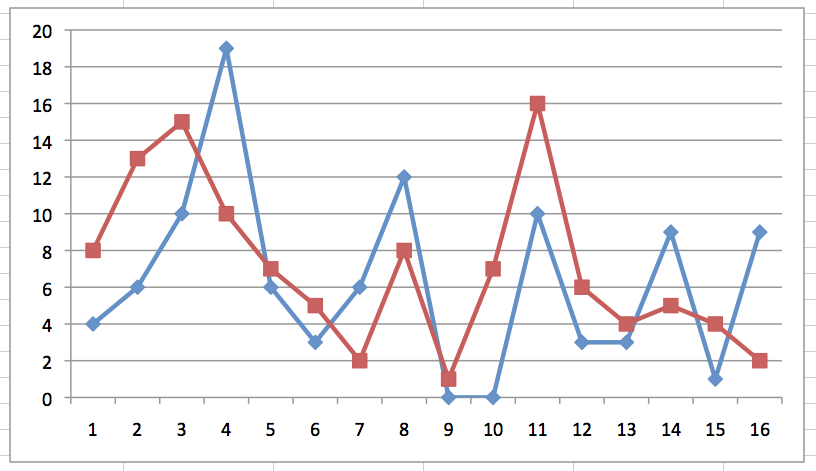The fall semester of 2015 showed an increase in the number of patients treated by Wake Forest EMS due to alcohol consumption related incidents, according to data released by Student Health Services.
While the total number of incidents increased from 101 in Fall 2014 to 113 in Fall 2015, fewer students were transported to the hospital, with 74 transported in the fall semester of 2014 and 63 transported last semester.
“We’ve worked with Wake Forest EMS to better identify if a student needs to be brought to the hospital or can be managed here at student health,” said Associate Director of Student Health and Wake EMS advisor Darren Aaron.
Typically, the first year class accounts for about 50 percent of reported incidents, as first year students were responsible for 55 percent of incidents in Fall 2014 and 50 percent in Fall 2015. However, while the first year class showed improvement, both the junior and senior classes accounted for higher percentages in Fall 2015 than Fall 2014. Combined, the junior and senior classes accounted for 18 percent of incidents in Fall 2014 and for 24 percent of incidents in Fall 2015.
Another interesting trend to note is the difference in incidents between male and female students. In the Fall of 2015, the two were about equal, at 51 percent of incidents involving male students and 49 percent of incidents involving female students, when compared to 55 percent and 45 percent, respectively, in Fall 2014.
Student Health Services has recently taken an event-by-event approach to better combat the drinking culture on campus — identifying potentially problematic weekends far in advance, such as “senior fifth” weekend and the upcoming weekend, January 22-24, which follows fraternity pledge week.
“We’re getting to a stage now where we have templates for big events,” Aaron said, noting that President’s Ball this year had no students transported to the hospital, when compared with approximately six or seven student transported to the hospital two years ago.
Dean of Students Adam Goldstein expressed concern over the “work hard, party hard” culture on campus.
“It is true, the rigor of academics at Wake Forest can be stressful.,” Goldstein said. “Yet, the rigor of professional life after college is stressful too. In fact, many of life’s challenges are stressful. It isn’t healthy, safe, or sustainable to drink heavily as an outlet for stress,”
“As Dean of Students, I am very concerned about high-risk alcohol use in our community and the related harm experienced by students,” Goldstein said.
Student Health is hoping to increase their campus wide presence through increased alcohol safety awareness efforts. Partnering Residence Life and Housing with student groups, Student Health has increased the frequency of events such as bystander intervention training and orientation activities centered around responsible consumption.
“Wake Forest will see a reduction in alcohol-related hospital transports when more students actively discourage harmful alcohol consumption among their friends and peers,” Goldstein said. “Most undergraduates acknowledge these problems and see it occurring around them. Student leadership is needed.”
While the spring semester is typically less problematic than the fall semester, the data from the first week appears especially low. In the first week of the spring semester, the week of sorority rush week, there were only six incidents, when compared with 18 incidents in the first week of the spring semester last year.
“Curbing student alcohol incidents definitely has been a huge focus of the division of campus life, and I hope that it is making a difference,” Aaron said, “But time will tell. Fingers are definitely crossed that the spring semester is going to be better than previous years.”
















